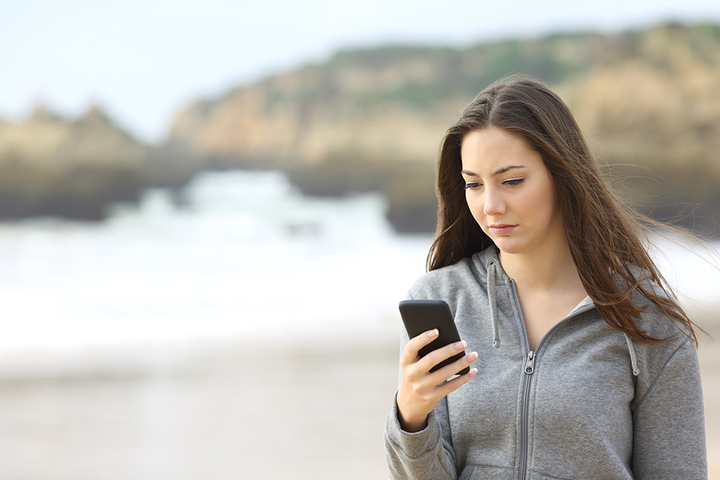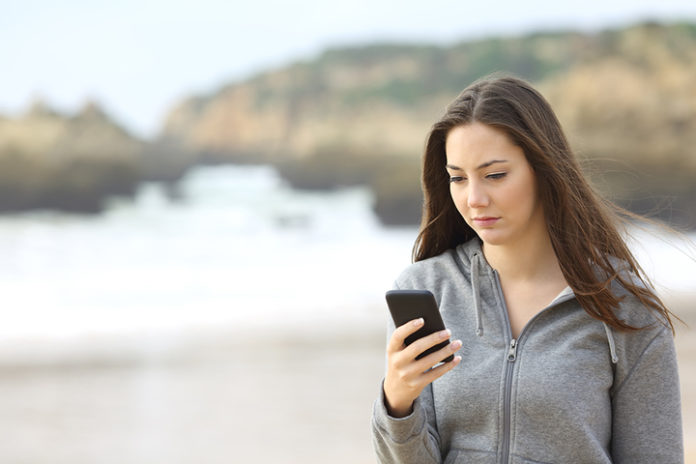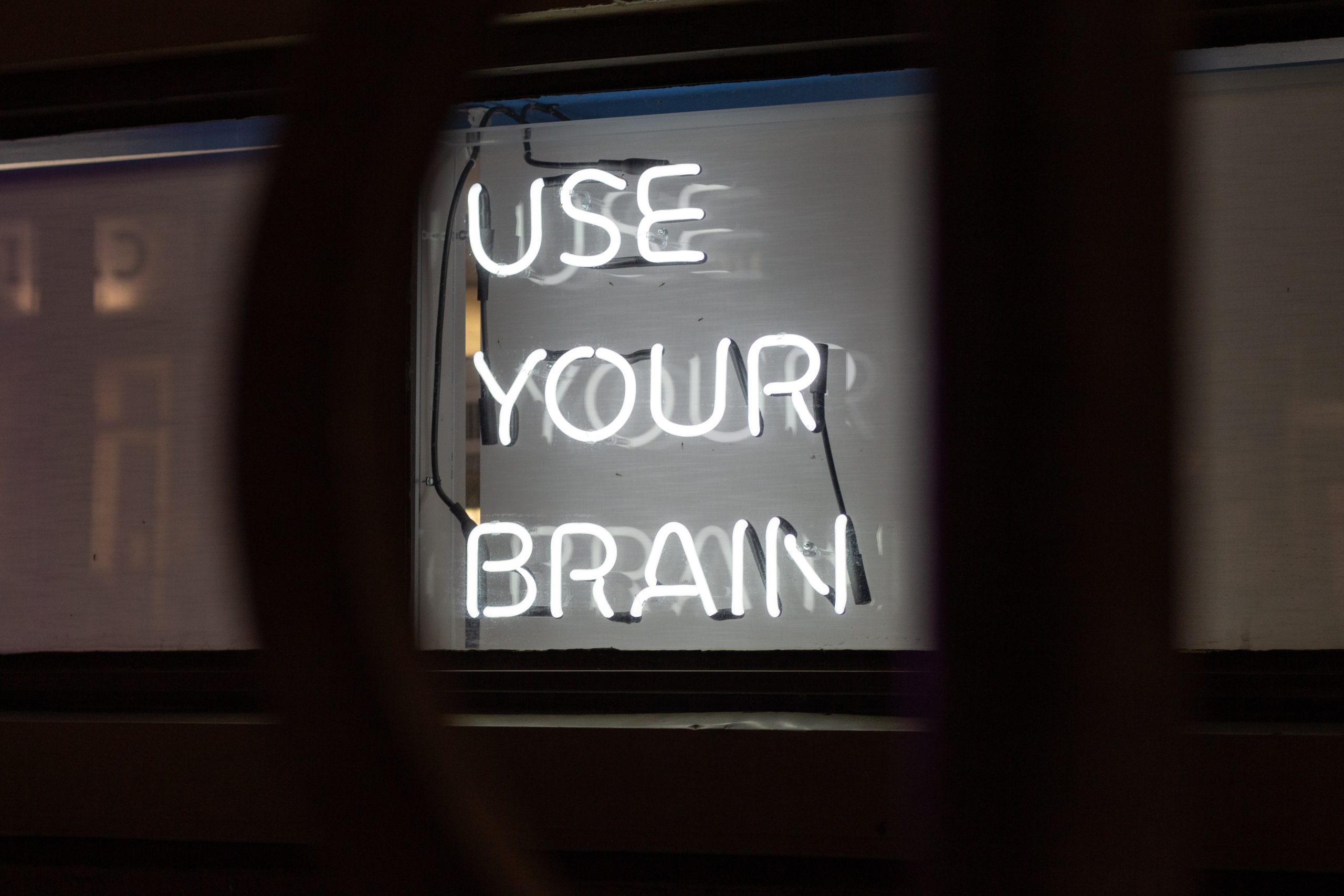The modern world is evolving to meet the demands of people struggling with ongoing sobriety, and they’re doing it with smartphone apps aiming to help maintain a sober life after rehab.
Telemedicine is a medical care technique that enables peers, clinicians, addiction specialists and sponsors to interact with the recovering individual through video communication and other beneficial technologies. It allows people struggling with cravings and triggers to get help in the moment while monitoring their standing in the treatment program.
Telemedicine is especially helpful for those in rural or secluded areas lacking the resources and assistance metropolitan areas provide. Patients can extend their support network that includes friends, family, sponsors, and clinicians when they are feeling low and/or have the urge to use drugs again.
Applications like A-CHESS (Addiction Comprehensive Health Enhancement Support System) are helping people regulate their own behavior and encourage them to seek help when they need it.
When feeling anxious or depressed, with a desire to purchase and consume their drug of choice, the application will alert them when they’re at a particular destination they registered as a “danger zone.” It also notifies their recovery sponsor, who can then reach out.
Esqyir, another recovery app, and A-CHESS send their users notifications such as support group meeting reminders, motivational anecdotes, and other helpful resources while providing information to assess their risk of relapse with a personalized recovery approach.
Dr. David Kan, medical director at telemedicine company Bright Heart Health, had the idea of using application technology to monitor depression levels and prevent relapse. Bright Heart Health specializes in treating addiction and eating disorders using “traditional treatment through a new platform.”
“People seem to report higher satisfaction with telemedicine,” Kan said. “Their treatment can be catered to their needs.”
Not only do people prefer it, a study published in the U.S National Library of Medicine concluded that using video teleconferencing to provide treatment for women with PTSD yielded comparable results to in-person treatment and also… (continue reading)

















